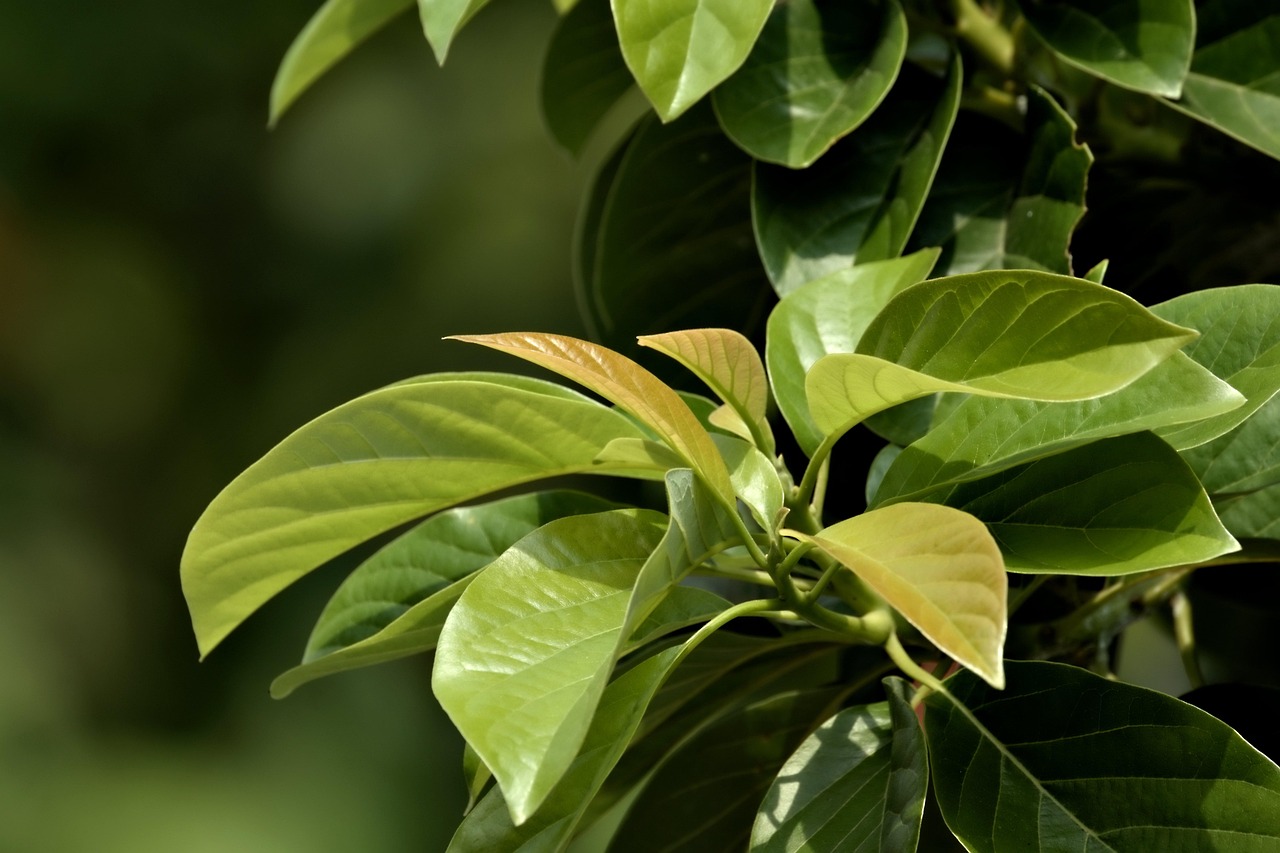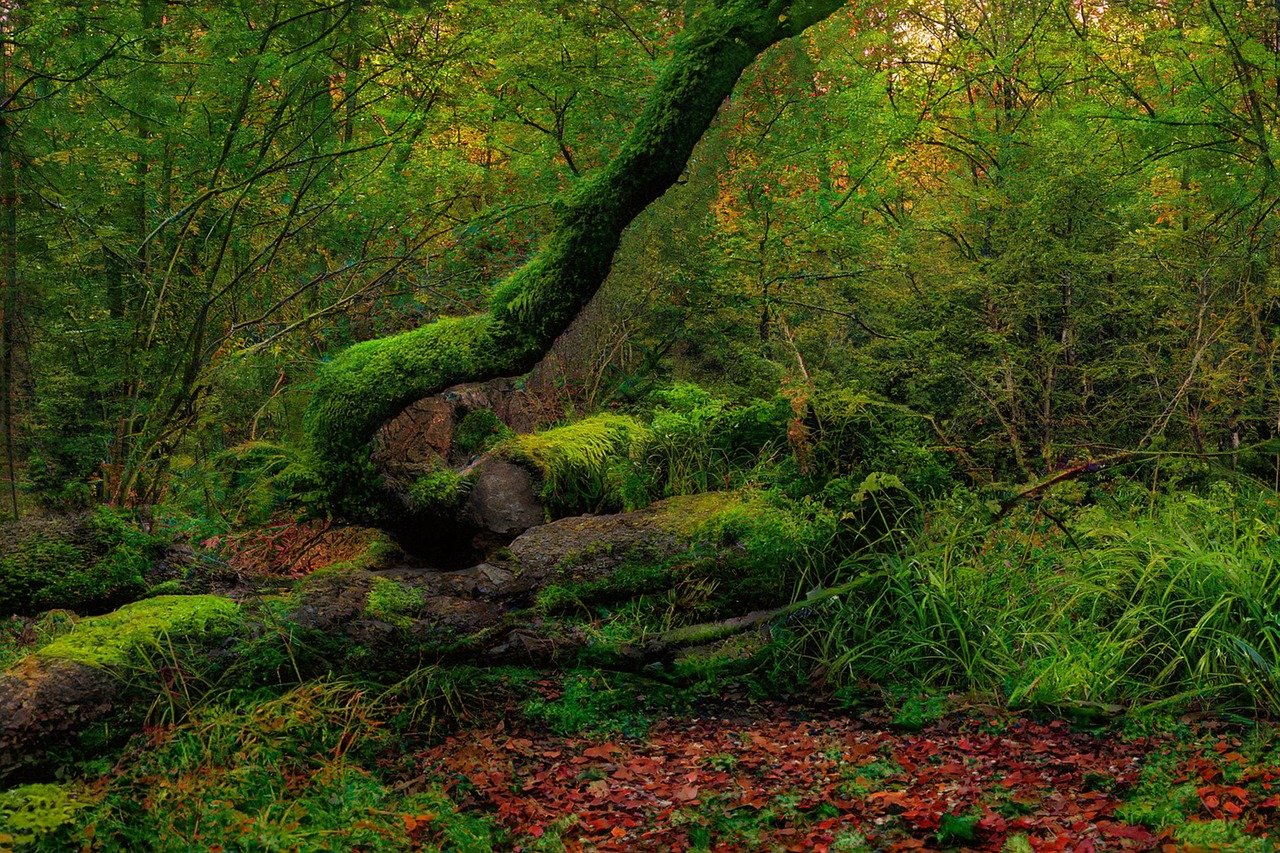Growth rate trees are vital for understanding forest dynamics. They help in assessing tree health, predicting timber yield, and implementing effective management practices. By analyzing growth patterns, forest managers can make informed decisions that enhance sustainability and biodiversity.
Introduction to Growth Rate Trees
Forests play a crucial role in maintaining ecological balance. They provide habitat for wildlife, improve air quality, and contribute to the global carbon cycle. Understanding the growth rates of trees is essential for effective forest management. Growth rate trees are indicators of environmental conditions and forest health. They reflect how trees respond to factors like soil quality, climate change, and human activities.

The concept of growth rates involves measuring how quickly trees increase in height, diameter, and biomass over time. These metrics are key for forest managers who aim to maintain healthy forests while maximizing economic returns. By understanding the growth dynamics, managers can implement strategies to enhance growth and ensure sustainability.
The Importance of Measuring Growth Rates
Measuring tree growth rates offers several benefits. It allows for:
- Assessment of tree health and vitality.
- Prediction of timber yield and market value.
- Identification of optimal planting and harvesting times.
- Understanding the impact of climate change on forest ecosystems.
Moreover, tracking growth rates can help identify trends over time. For example, if growth rates decline, it may indicate stressors such as drought or pest infestations. This information enables proactive management interventions.

Methods for Measuring Growth Rates
Several methods exist for measuring tree growth rates. The choice of method often depends on the resources available and the specific goals of the forest management program.
Dendrometers
Dendrometers are instruments used to measure tree diameter changes over time. They can provide accurate growth data by recording how much a tree’s trunk expands. This method is particularly useful for long-term studies.
Increment Borers
Increment borers allow for the extraction of small cores from a tree’s trunk. This technique provides insights into the tree’s age and annual growth rings. By analyzing these rings, foresters can determine growth rates over specific periods.

Remote Sensing Technologies
Advanced remote sensing technologies, such as satellite imagery and LiDAR (Light Detection and Ranging), enable large-scale measurement of forest growth. These technologies can assess canopy height and biomass without disturbing the ecosystem.
Factors Influencing Growth Rates
Various factors influence tree growth rates. Understanding these factors is critical for effective management:
- Soil Quality: Nutrient-rich soils generally promote faster growth rates.
- Water Availability: Adequate rainfall or irrigation is essential for optimal growth.
- Climate: Temperature and sunlight affect photosynthesis, directly impacting growth.
- Pest and Disease Pressure: Infestations can severely limit growth potential.
- Competition: Trees competing for resources may exhibit slower growth rates.
The Role of Growth Rate Trees in Forest Management Practices
Growth rate trees serve as a foundation for various forest management practices. They assist in creating sustainable harvest plans that balance economic needs with ecological preservation. By understanding growth trends, managers can time their interventions more effectively.
Additionally, data derived from growth rate trees support reforestation efforts. Knowing which species grow best under specific conditions helps in selecting appropriate plants for restoration projects. This knowledge also aids in maintaining biodiversity within forest ecosystems.

| Factor | Impact on Growth Rate |
|---|---|
| Soil Quality | Higher nutrient levels lead to increased growth. |
| Water Availability | Adequate water promotes healthier trees with better growth. |
| Climate | Optimal temperature and light enhance photosynthesis and growth. |
| Pest Pressure | Pests can lead to reduced growth and tree health. |
| Competition | Increased competition slows down individual tree growth. |
By focusing on these aspects, forest managers can improve the overall health and productivity of forested areas. Understanding growth rate trees not only aids in economic planning but also fosters a sustainable approach to forest conservation.
Growth Rate Trees and Their Impact on Biodiversity
Understanding growth rate trees is not only essential for forest management but also plays a pivotal role in maintaining biodiversity. Biodiversity refers to the variety of life in a particular habitat or ecosystem. Healthy forests support a wide array of plant and animal species, contributing to ecological stability.
Growth rates can indicate how well trees are adapting to their environment. When trees grow optimally, they create habitats for various organisms, from insects to mammals. Consequently, monitoring tree growth helps in assessing the overall health of forest ecosystems.
The Relationship Between Tree Growth and Ecosystem Health
The health of a forest ecosystem is closely tied to the growth rates of its trees. Several factors link tree growth with ecosystem health:
- Carbon Sequestration: Trees absorb carbon dioxide during photosynthesis, helping to mitigate climate change. Faster-growing trees capture more carbon, thus playing a significant role in reducing greenhouse gases.
- Soil Stabilization: Tree roots help hold soil in place, preventing erosion. This stability is crucial for maintaining water quality and preventing landslides.
- Water Regulation: Forests contribute to the water cycle by influencing rainfall patterns and regulating runoff. Healthy trees enhance this process by promoting better water infiltration.
- Habitat Creation: Diverse tree species with varying growth rates provide habitats for different wildlife. This diversity ensures that ecosystems remain resilient to changes.
Strategies for Enhancing Growth Rates in Forest Management
Forest managers can adopt various strategies to enhance the growth rates of trees. These strategies not only improve timber yield but also support overall forest health:
Selective Thinning
Selective thinning involves removing certain trees to reduce competition for resources among remaining trees. This practice allows healthier trees to access more light, water, and nutrients, leading to increased growth rates.
Soil Amendments
Improving soil quality through amendments can significantly boost tree growth. Adding organic matter, such as compost or mulch, enhances soil structure and nutrient availability.
Water Management
Implementing effective water management strategies is vital for maintaining adequate moisture levels in forested areas. Techniques such as creating retention ponds or controlling drainage can ensure trees receive sufficient water during dry periods.
Diverse Planting Strategies
Diversifying tree species planted in a forest can promote resilience and growth. By introducing a variety of species with different growth rates and ecological needs, managers can create a more balanced ecosystem that supports wildlife and improves overall forest health.
Monitoring and Assessment Techniques
Accurate monitoring and assessment are crucial for understanding growth rates and making data-driven decisions in forest management. Various techniques can be employed:
Field Measurements
Regular field measurements of tree height, diameter, and crown size provide direct data on growth rates. These measurements can be taken annually to track changes over time.
Remote Sensing
Remote sensing technologies like satellite imagery offer large-scale data collection capabilities. These tools can assess forest cover changes, identify stressed areas, and monitor overall tree health from a distance.
Growth Modeling
Growth models simulate tree growth under various environmental conditions. These models help predict future growth trends based on current data, allowing managers to plan interventions effectively.
The Role of Community Involvement in Forest Management
Community involvement is essential for successful forest management practices. Engaging local communities can enhance tree growth and forest conservation efforts. Some key benefits include:
- Local Knowledge: Residents often possess valuable insights into local ecology and biodiversity that can inform management decisions.
- Increased Stewardship: Involvement fosters a sense of ownership among community members, encouraging them to care for the forest sustainably.
- Education and Awareness: Community programs can raise awareness about the importance of tree growth and biodiversity, leading to more informed stakeholders.
By integrating community perspectives into forest management, managers can develop strategies that are not only effective but also culturally relevant and sustainable. This collaborative approach supports the long-term health of forests and enhances growth rates through collective action.
The Economic Implications of Tree Growth Rates
Understanding the economic implications of tree growth rates is essential for sustainable forest management. Forests provide numerous economic benefits, including timber production, recreational opportunities, and ecosystem services. By focusing on growth rates, forest managers can enhance these economic outcomes while ensuring ecological balance.
Timber Production and Market Value
Tree growth rates directly influence timber production and market value. Faster-growing species can be harvested sooner, generating income for forest owners. Key factors to consider include:
- Species Selection: Choosing fast-growing species for timber production can lead to higher yields. Common fast-growing species include Populus deltoides (Eastern Cottonwood) and Pinus taeda (Loblolly Pine).
- Growth Conditions: Providing optimal growing conditions, such as nutrient-rich soil and adequate water, can significantly enhance growth rates and, consequently, timber quality.
- Market Demand: Understanding market trends can help managers decide when to harvest. Timing the market can maximize profits while ensuring sustainability.
Non-Timber Forest Products (NTFPs)
In addition to timber, forests provide a variety of non-timber products that can contribute to local economies. These products include:
- Biodiversity: Many plant species have medicinal properties. By conserving diverse tree species, forest managers can support the collection of valuable herbs and plants.
- Edible Products: Fruits, nuts, and mushrooms sourced from forests can be economically significant. Promoting growth rates of specific species can enhance the availability of these products.
- Environmental Services: Forests offer ecosystem services such as water purification and carbon sequestration. These services have economic value, particularly in the context of climate change mitigation.
Forest Certification and Sustainable Practices
Forest certification programs promote sustainable forest management practices. These certifications often require adherence to specific guidelines regarding tree growth and ecological conservation. Popular certification programs include:
- Forest Stewardship Council (FSC): The FSC certification emphasizes responsible management of the world’s forests by promoting sustainable practices that ensure environmental integrity.
- Programme for the Endorsement of Forest Certification (PEFC): This certification focuses on promoting sustainable forest management through independent third-party certification.
Achieving these certifications can enhance marketability and open new markets for timber and other forest products. It assures consumers that the products they purchase come from sustainably managed forests.
The Role of Technology in Monitoring Growth Rates
Advancements in technology have transformed how forest managers monitor tree growth rates. Utilizing innovative tools can enhance efficiency and accuracy in data collection. Some key technologies include:
Geographic Information Systems (GIS)
GIS technology allows for mapping and analyzing spatial data related to forests. It helps in tracking changes over time and understanding growth patterns across different regions. By integrating various data layers, forest managers can make informed decisions about resource allocation.
Drones and Aerial Imagery
Drones equipped with cameras and sensors provide high-resolution aerial imagery of forested areas. This technology enables managers to assess tree health, monitor growth rates, and identify areas that may require intervention.
Mobile Applications and Software
Numerous mobile applications have been developed to assist forest managers in tracking growth rates and managing resources efficiently. These applications can streamline data collection, facilitate communication among stakeholders, and enhance decision-making processes.
Challenges in Managing Growth Rates
Despite the benefits of understanding tree growth rates, several challenges exist in managing forests effectively. Some common challenges include:
- Climate Change: Changing climatic conditions can affect tree growth patterns. Increased temperatures, altered precipitation patterns, and extreme weather events may hinder growth.
- Pests and Diseases: Infestations can significantly impact growth rates. Forest managers must implement monitoring systems to detect early signs of pest problems.
- Land Use Changes: Urbanization and agricultural expansion can lead to deforestation or habitat fragmentation, impacting tree growth and overall forest health.
- Resource Limitations: Limited funding or human resources may hinder effective management practices. Investing in training and resources is essential for overcoming these limitations.
Tackling these challenges requires a comprehensive approach that combines innovative practices, community engagement, and ongoing research into best management strategies. By addressing these issues head-on, forest managers can work towards healthier forests with optimal growth rates.
Future Directions in Forest Management
The future of forest management hinges on the ability to adapt to changing environmental conditions while promoting tree growth rates. As climate change continues to pose challenges, forest managers must proactively develop strategies that ensure sustainable practices. Some promising directions include:
Research and Development
Investing in research is critical for understanding the long-term implications of growth rate variations. Studies focusing on adaptive management strategies can help identify best practices tailored to specific regions and ecosystems. Incorporating findings from recent research into management plans can enhance resilience against climate change.
Collaboration with Scientists and Organizations
Collaboration between forest managers, scientists, and conservation organizations can yield innovative solutions. Joint initiatives can facilitate knowledge sharing, leading to improved practices and awareness. Engaging in partnerships allows for pooling resources and expertise, enhancing overall effectiveness in managing forests.
Integrating Technology into Management Practices
As technology continues to evolve, forest management practices can benefit from new tools and techniques. Incorporating machine learning and artificial intelligence can improve data analysis and prediction models for tree growth. These advancements enable more precise decision-making regarding resource allocation and management interventions.
Education and Training Programs
Ongoing education and training for forest managers are vital for staying updated on the latest techniques and technologies. Workshops, seminars, and online courses can equip managers with the skills needed to implement effective growth monitoring and sustainable practices. An informed workforce is crucial for adapting to emerging challenges.
Final Thoughts
Understanding growth rate trees is essential for effective forest management. By monitoring tree growth, forest managers can make informed decisions that benefit both ecosystems and economies. The interplay between tree growth rates and biodiversity highlights the importance of maintaining healthy forest ecosystems.
Implementing strategies that enhance growth rates, such as selective thinning, soil amendments, and community involvement, can lead to sustainable forest management. The integration of technology further supports these efforts by providing valuable data for decision-making.
As we face ongoing challenges related to climate change, pests, and land use changes, it is crucial for forest managers to remain adaptable. Emphasizing research, collaboration, and continuous education will pave the way for innovative solutions that ensure the health of our forests.
In summary, the journey toward better forest management through understanding growth rate trees is a multifaceted endeavor. By focusing on sustainable practices, engaging communities, and leveraging technology, we can work together to protect our forests for future generations.
